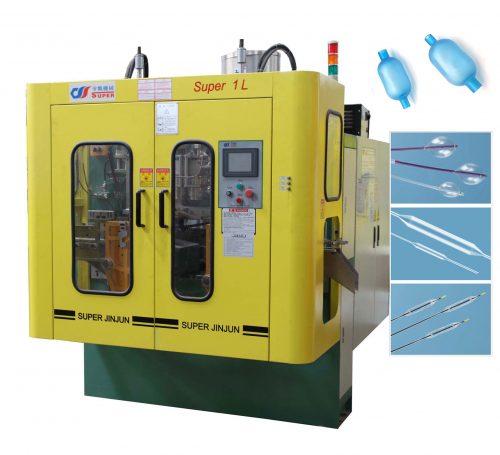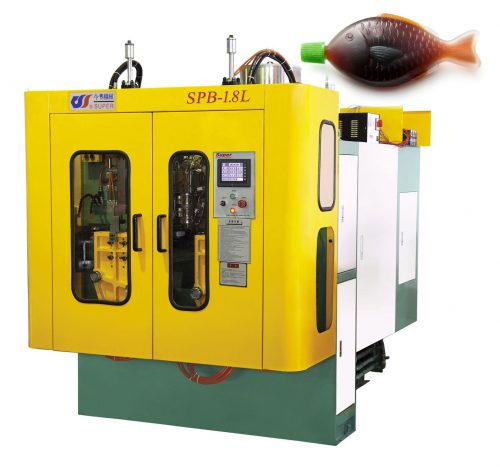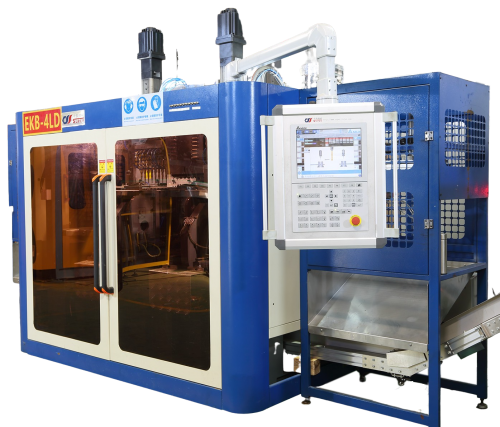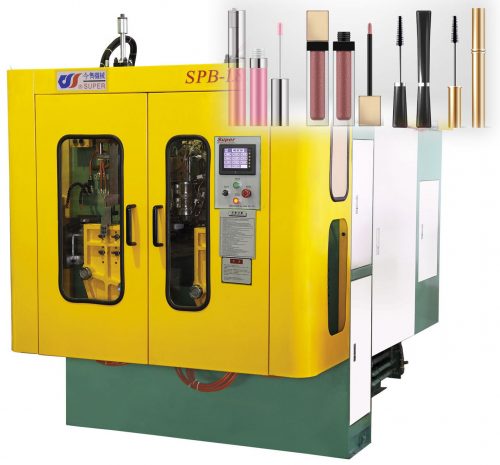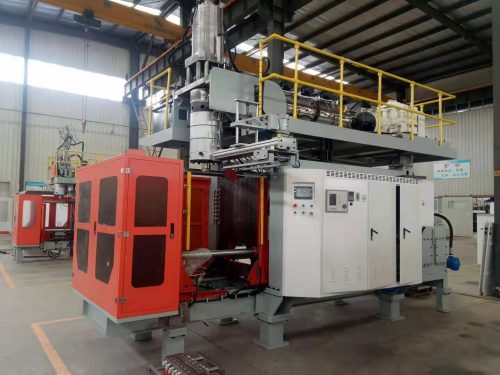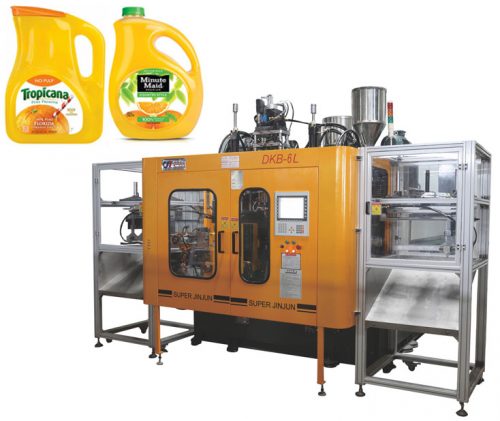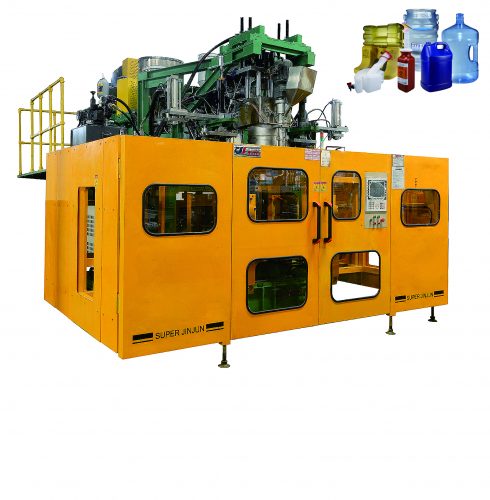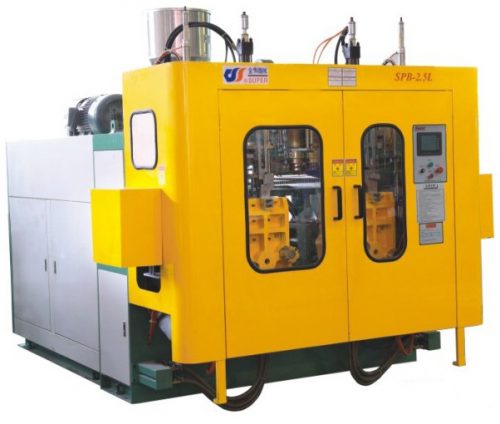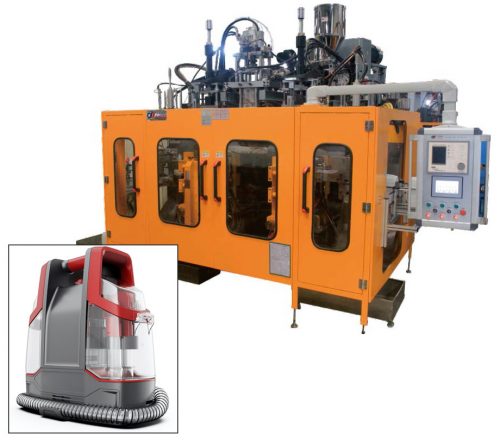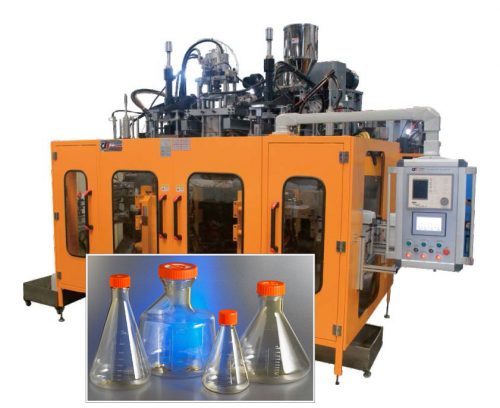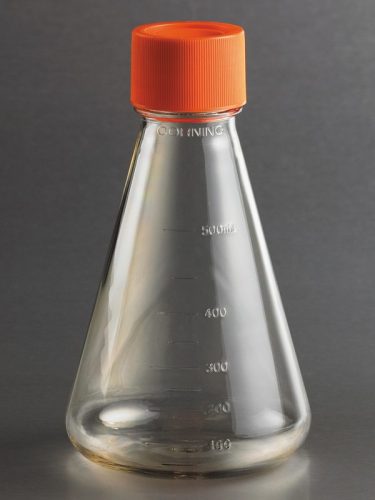 Erlenmeyer flask is the container for suspension cell culture, It is glass material before, now plastic erlenmeyer flask are geting more and more popular for suspension cell culture. In suspension cultures, cells or colonies are grown in a liquid medium through dispersion and movement. There is an optimal size of the colony formed following incubation, after which it is desirable to sub-culture the cells in fresh nutrient solution. Materials for suspension culture may be obtained from pieces of friable callus or grounding the tissue or embryo in a homogeniser. In the latter case, after first suspension passage, it is desirable to pipette out the fine suspensions for sub-culturing bearing the macromolecular particles. Moreover, the suspensions may be allowed to settle as well after which the supernatant should be sucked in and cultured. There are different types of shakers–‘auxophyton’ and culture vessels for suspension culture to ensure horizontal (in platform shakers), rotary, spinning, or periodic immersion movement. The details of instruments are outlined by Street. Now the production of vaccines and other bioengineering is absolutely inseparable from this plastic erlenmeyer flasks. All viruses and other research microorganisms are grown in this container.
Erlenmeyer flask is the container for suspension cell culture, It is glass material before, now plastic erlenmeyer flask are geting more and more popular for suspension cell culture. In suspension cultures, cells or colonies are grown in a liquid medium through dispersion and movement. There is an optimal size of the colony formed following incubation, after which it is desirable to sub-culture the cells in fresh nutrient solution. Materials for suspension culture may be obtained from pieces of friable callus or grounding the tissue or embryo in a homogeniser. In the latter case, after first suspension passage, it is desirable to pipette out the fine suspensions for sub-culturing bearing the macromolecular particles. Moreover, the suspensions may be allowed to settle as well after which the supernatant should be sucked in and cultured. There are different types of shakers–‘auxophyton’ and culture vessels for suspension culture to ensure horizontal (in platform shakers), rotary, spinning, or periodic immersion movement. The details of instruments are outlined by Street. Now the production of vaccines and other bioengineering is absolutely inseparable from this plastic erlenmeyer flasks. All viruses and other research microorganisms are grown in this container.
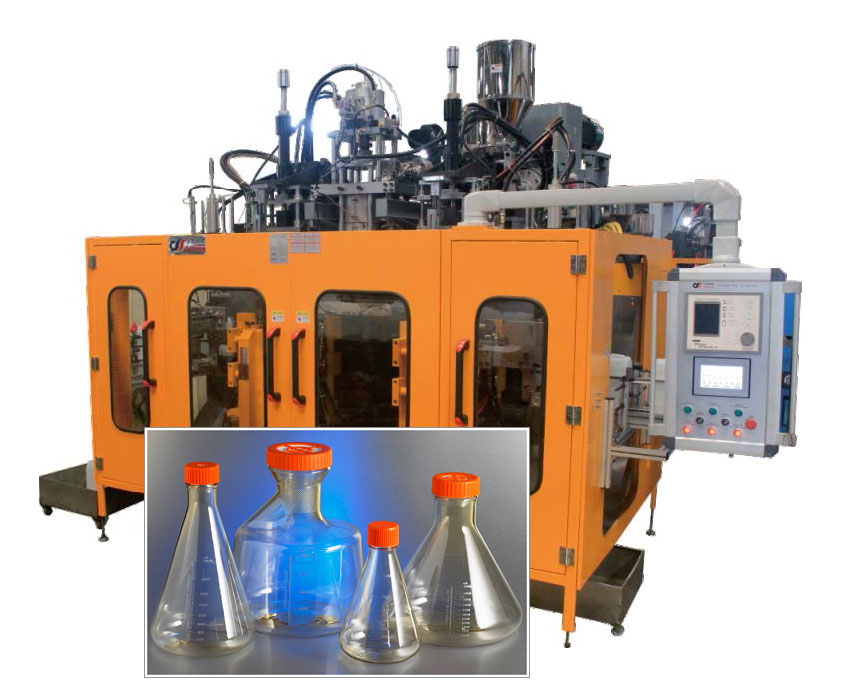
Blow molding machine for plastic erlenmeyer flask on suspension cultures

Microorganisms includes Bacteria (eubacteria and archaea), Algae, Fungi, Protozoa, Viruses. All these microorganisms are available for suspension cell culture by human. a powful tool for suspension cell culture is erlenmeyer flask.
A microbiological culture, or microbial culture, is a method of multiplying microbial organisms by letting them reproduce in predetermined culture medium under controlled laboratory conditions. Microbial cultures are foundational and basic diagnostic methods used as a research tool in molecular biology.
The term culture can also refer to the microorganisms being grown.
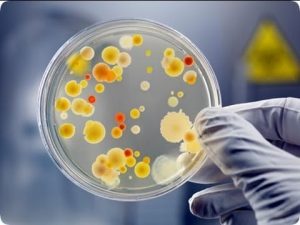 Microbial cultures are used to determine the type of organism, its abundance in the sample being tested, or both. It is one of the primary diagnostic methods of microbiology and used as a tool to determine the cause of infectious disease by letting the agent multiply in a predetermined medium. For example, a throat culture is taken by scraping the lining of tissue in the back of the throat and blotting the sample into a medium to be able to screen for harmful microorganisms, such as Streptococcus pyogenes, the causative agent of strep throat. Furthermore, the term culture is more generally used informally to refer to “selectively growing” a specific kind of microorganism in the lab.
Microbial cultures are used to determine the type of organism, its abundance in the sample being tested, or both. It is one of the primary diagnostic methods of microbiology and used as a tool to determine the cause of infectious disease by letting the agent multiply in a predetermined medium. For example, a throat culture is taken by scraping the lining of tissue in the back of the throat and blotting the sample into a medium to be able to screen for harmful microorganisms, such as Streptococcus pyogenes, the causative agent of strep throat. Furthermore, the term culture is more generally used informally to refer to “selectively growing” a specific kind of microorganism in the lab.
It is often essential to isolate a pure culture of microorganisms. A pure (or axenic) culture is a population of cells or multicellular organisms growing in the absence of other species or types. A pure culture may originate from a single cell or single organism, in which case the cells are genetic clones of one another. For the purpose of gelling the microbial culture, the medium of agarose gel (agar) is used. Agar is a gelatinous substance derived from seaweed. A cheap substitute for agar is guar gum, which can be used for the isolation and maintenance of thermophiles.
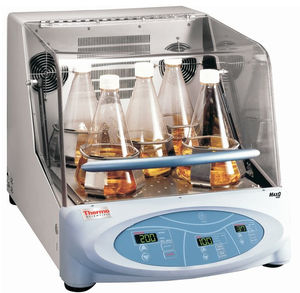 To make mass Microbiological culture, you have to through this suspension cell culture. for suspension cell culture, you have to take this plastic erlenmeyer flask. The success of an experiment onsuspension cell culture can rely heavily on the type of cell culture media used. Many choices are available and selecting the right media can ensure the optimal performance of your cells. In certain cases, you may need to adapt your current cell culture to a new medium. Transferring the cells directly into a new medium in one step may be possible, but a stepwise process may be necessary to minimize stress and to retain normal cellular phenotype.
To make mass Microbiological culture, you have to through this suspension cell culture. for suspension cell culture, you have to take this plastic erlenmeyer flask. The success of an experiment onsuspension cell culture can rely heavily on the type of cell culture media used. Many choices are available and selecting the right media can ensure the optimal performance of your cells. In certain cases, you may need to adapt your current cell culture to a new medium. Transferring the cells directly into a new medium in one step may be possible, but a stepwise process may be necessary to minimize stress and to retain normal cellular phenotype.
Technically a microorganism or microbe is an organism that is microscopic. The study of microorganisms is called microbiology. Microorganisms can be bacteria, fungi, archaea or protists. The term microorganisms does not include viruses and prions, which are generally classified as non-living.
There is currently a great deal of discussion about the organisation and classification of life, particularly in the study of microorganisms. The basic distinction divides living organisms into two groups: prokaryotes (cells without internal membrane bound organelles – the monera, including most microorganisms) and eukaryotes (cells containing membrane bound organelles – protists, fungi, plants and animals).
Before the advent of the microscope, living organisms were conveniently divided into two kingdoms: plant or animal. This division was unsatisfactory, however – what about fungi? Today kingdom taxonomists have defined systems based on five or six kingdoms (Archaea – the sixth, Monera, Protoctista, Fungi, Plantae, and Animalia), neither of which include viruses (or prions). Viruses are considered to be on the line between living and non-living. It has been argued extensively whether viruses are living organisms. Most virologists consider them non-living, as they do not meet all the criteria of the generally accepted definition of life. For instance, most viruses do not respond to changes in the environment, which is a definitive trait for living organisms. In addition, viruses can replicate themselves only by infecting a host cell. They therefore cannot reproduce on their own.
How to produce this plastic erlenmeyer flask, check this video:
This is the parameter list for the machine of plastic erlenmeyer flask on suspension cultures:
| Item | Unit | DKB-8LD |
| Screw Diameter | mm | 80 |
| Screw L/D Ratio | L/D | 28:1 |
| Extrusion motor | KW | 45 |
| Oil pressure motor | KW | 23 |
| Screw rotate speed | R.P.M | 10-70 |
| Screw heating zone | Parts | 10 |
| Heating power | KW | 30 |
| Parison motor option | KW | 3.75 |
| Extruding Capacity HDPE | kg/h | Approx.110-120 |
| Mold Center Distance | mm | |
| platen distance | mm | 180-550 |
| mold movement stroke | mm | 600 |
| Length range of mould | mm | 150-420 |
| Width range of mould | mm | 200-570 |
| Thickness range of mould | mm | 150-300 |
| Dry Circle time | s | 5 |
| Mold-locked pressure | Ton | 15 |
| Oil tank Volume | L | 300 |
| Air Pressure | kg/cm2 | 6-8 |
| Air Volume | m3/min | 0.9-1.2 |
| Cooling water pressure | mpa | 0.3-0.5 |
| Cooling water consumption | L/min | 60-80 |
| Min./Max. diameter of product | mm | 30-400 |
| Weight of product | g | 30-300 |
| Volume of product | L | 0.5-6 |
| Total power consumption | kw | 100 |
| Average power consumption | kw | Approx.50-60 |
| Net weight of machine | ton | 15 |
| Gross weight of Machine | ton | 15.5 |
| Machine dimension (L*W*H) | m3 | 4.5*5.5*2.9 |
